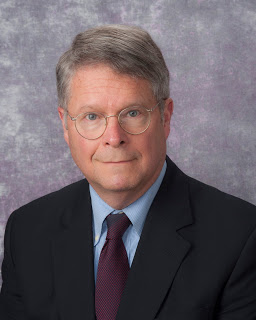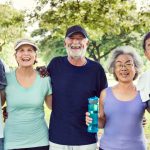Many of us have a list things we want to accomplish in our lifetimes. These items might include running a marathon, seeing the bulls run in Spain or travelling the world. For 64-year-old Diana Nyad, her life list included swimming 110 miles in the open ocean from Cuba to Florida, something she first tried unsuccessfully 35 years ago. This week, she accomplished this incredible feat, giving new meaning to the old adage that you’re never too old to live your dreams.
Here, we ask Charles F. Reynolds III, M.D., UPMC Endowed Professor in Geriatric Psychiatry and Director of the Aging Institute of UPMC and the University of Pittsburgh, about the importance of setting big life goals, and how Diane is an inspiration to older adults everywhere, both for her physical performance and her perseverance.
Q: Diane’s story is certainly inspirational, especially at age 64! What kinds of physical limitations did she have to overcome that she didn’t have to worry about on her first attempt, 35 years ago?
A: Endurance is the main obstacle and physical limitation. Whether or not she could sustain the kind of physical and mental effort required to swim that far was a key question. As we age, we may not have the same reservoir of energy or degree of aerobic fitness that we did in our 20s. But we do have the benefit of mental toughness – we know what our limitations are and we have learned from our experiences.
It’s evident that Nyad had built up and maintained her stamina and hardiness to the point where she could undertake and complete her 110 mile swim. Many people who live to become centerarians make lifestyle choices that promote robust aging, via physical and mental activity, plant-heavy diets, social connectedness, and avoidance of deleterious activities like smoking.
Q: Nyad claimed she was in her physical peak, is this really possible in your 60s? Is it safe for all 60-somethings out there to sign up for an Ironman Triathlon?
A: I do think it’s possible to be in the shape of your life in your 60s and beyond. People are living longer and remaining engaged and vital: about 76 million Americans are now in the “third chapter of life.” Even in the 7th and 8thdecades of life and beyond, there is always room for improvement – we can tap into reservoirs of physical strength and improved mental acuity. We don’t’ have to be on a downhill course – we CAN do things to improve our life, but it does take work and determination.
Overall, exercise is important for all older adults in some cases endurance events or races may also be possible. It is however key to check with your doctor first, before starting or ramping up any exercise routine. I advise my patients to pursue a medically supervised aerobic program that includes resistance training.
Q: Despite her previous failed attempts, Nyad came back time and again to attempt this swim. Can you tell us about the importance of setting big life goals?
A: In a great book called The Third Chapter, author Sara Lawrence-Lightfoot states, “We want to find out what this penultimate chapter of our life is going to be about…We’re ready for something new…for a new adventure…All of us to some degree experience burnout. Burnout is not about working too hard…Burnout is about boredom…This is about moving beyond the boredom to compose, to invent, and reinvent the path we’re on.”
The setting of life goals has to do with a person’s need for meaning. It’s a question of finding a life of meaning, not finding the meaning of life. Utility to oneself and utility to others are key facets to a fulfilling life. Setting goals not only makes us more resilient to depression and helps us bounce back from adversity, but it also becomes a source of motivation and fulfillment.
Q: What smaller steps can older adults take to tackle their bucket lists?
A: Not everyone should (or wants to) jump up and swim across the ocean. But finding small activities that you find fulfilling and tackling them day-by-day allows you to build your capacity to savor life and just be grateful to be alive. Sometimes those activities are physical but sometimes they are more social in nature – the key point is to find pleasurable activities that allow you to savor life.
Plus, technology allows us to access many resources for tips on healthy aging, including the National Institute on Aging, in the click of a mouse.









